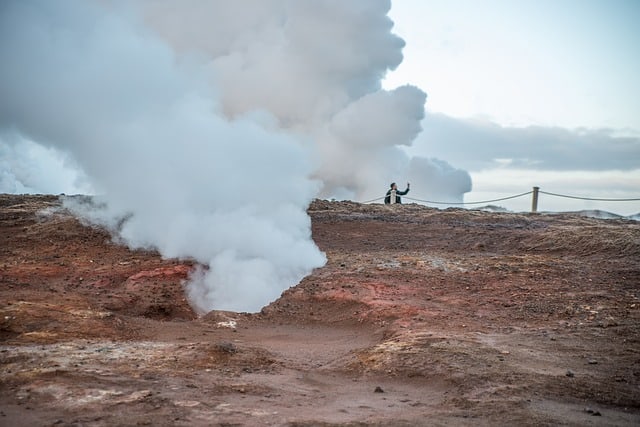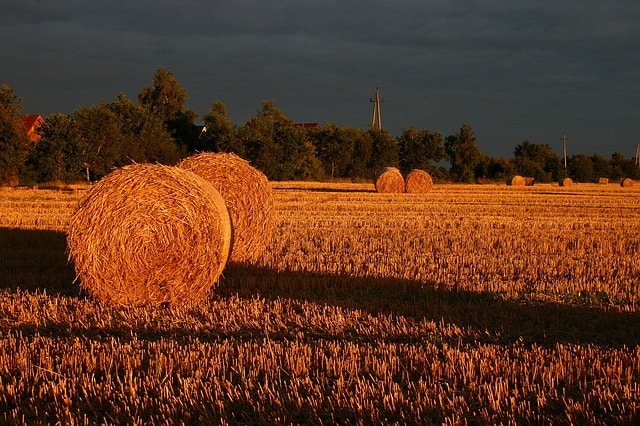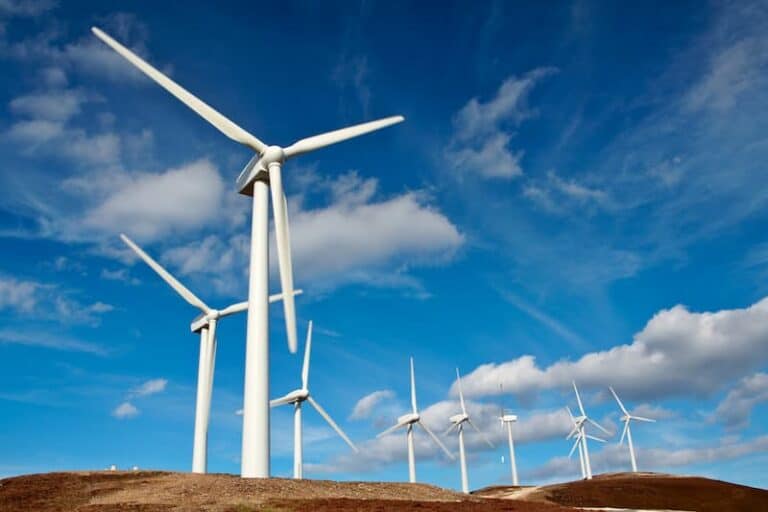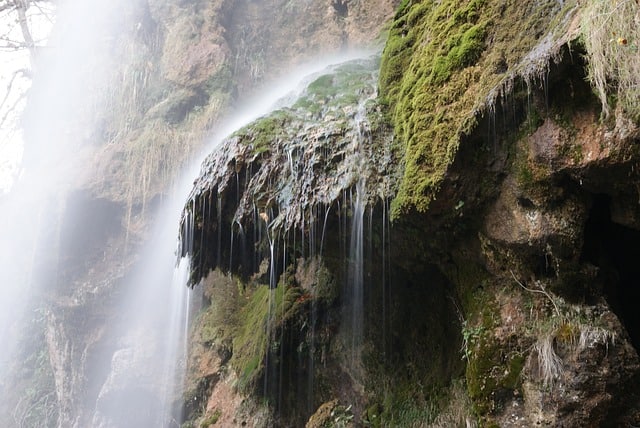What is Evaporation? Process and Factors Affecting Evaporation and Few Interesting Facts

Evaporation is the phenomenon by which water changes its state from liquid to gas. Although water starts to boil from 212 degrees Fahrenheit, it begins evaporation at 32 degrees Fahrenheit. The procedure through which the water starts changing its form from liquid to gaseous state is quite slow. Evaporation is, therefore, the natural phenomenon by which matter starts changing its phase, depending on the temperature and also the amount of water to be evaporated.
Process of Evaporation
The water molecules normally get energized when the heat is applied to it. They attain kinetic energy, and their phase equilibrium changes. Even at phase equilibrium, the molecules tend to remain in constant motion, and then a part of the molecule that gets kinetic energy changes from liquid to the gaseous phase.
The kinetic energy of the liquid that leaves the surface is generally higher than those that continue to stay. As we all know, the natural flow of heat energy is from higher to the lower. That is the reason why evaporation occurs, or simply there is a change of state from liquid to gaseous form.
When the water attains a temperature of 100 degrees Celsius and atmospheric pressure, the equilibrium is not reached. However, when it increases beyond 100 degrees Celsius and atmospheric pressure, the water changes its phase from liquid to gas. As a result of this, evaporation takes place.
How Does Evaporation Cause Cooling?
When a water surface changes from liquid to gas, it involves kinetic energy, and thereby the heat forces it to change to the gaseous state. Kinetic energy is the transformation of energy from one form to another, especially mechanical energy. When the change in energy takes place, it always involves a difference in temperature. Since the gas evolves heat, the heat goes to the gaseous state, thereby taking heat from the surface from where it absorbs the heat. Thus, it leaves the surface cool.
Some good examples of evaporation are human perspiration, plant transpiration, and the wind-chilling effect. It’s often observed that on a hot day, the evening suddenly becomes cooler. The reason is that the water evaporates and thereby forms clouds in the sky, and that creates a vacuum. Since there cannot be a vacuum for long, the cooler air from the upper levels of the atmosphere comes and settles in. That’s why we observe a cooling effect.
Various Factors Affecting Evaporation
1. Temperature
The rate of evaporation is directly dependent on the temperature it’s exposed to. The more the temperature, the more liquid it’s exposed to. The kinetic energy increases and the liquid gets converted to vapor instead. This increases the rate of evaporation. You must have noticed that clothes dry at a much faster rate during summers than in winters when the temperatures are higher.
2. Surface Area of the Liquid
The rate of evaporation is directly dependent on the area the liquid is exposed to. Let us take a look at some practical examples. The cloth is usually spread over the cloth line so that it gets exposed to more surface area, and that makes the water evaporate. Then we all put our daily cup of tea into a saucer so that it cools down easily. It is simply because some of the particles get evaporated, leaving the tea at a lower temperature.
3. Humidity of the Air
Evaporation depends greatly on the water vapor present in the air. The lesser the water vapor, the quicker the cloth gets dried. The more there is water vapor in the air, the more time it takes for the water to get evaporated and make our clothes dry.
4. Wind Speed
The more the wind blows, the greater is the rate of evaporation. Wind increases the kinetic energy between the water particles and the rate at which the water gets evaporated. Take, for example, a windy day better dries your clothes as compared to a moist day.
5. Intermolecular Attraction
The viscosity of elements or compounds often affects the rate of evaporation. The molecules of water are loosely bound, while that of hydrogen sulfide is tightly bound. Hence, the time taken by water to get converted to a gaseous state is comparatively less than that of hydrogen sulfide.
6. Atmospheric Pressure
It was noticed that places on earth where the atmospheric pressure is lesser, the process of evaporation is more. The kinetic energy of the particles increased, and then the change of status was observed. Thus the more the atmospheric pressure, the lesser is the rate of evaporation.
7. Depth of the Body From Where Evaporation Occurs
The water body from where the water is evaporated is the main factor in how evaporation occurs. Thus, if the depth of a pond is too much, the rate at which the water will be evaporated will be more.
8. Vapor Pressure Difference
The rate of evaporation clearly depends on the vapor pressure of the air or the rate at which the air leaves the surface. The difference between the vapor pressure of water and the vapor pressure of air is the primary factor that affects evaporation.
9. Presence of Solutes in Solution
When salt is present inside water, the rate of evaporation increases. The simple reason is that the boiling point of salt is more than the boiling point of water. As a result, the concentration of dissolved solutes will be more than the water itself.
10. Influence of Magnetic Field in Evaporation
The influence of the magnetic field affects the rate of evaporation. The magnetic field affects the viscosity of the liquid and increases water tension. The result is that the rate of evaporation increases.
10 Interesting Facts About Evaporation
There are some amazing facts about evaporation, which are also interesting to know. These are also the facts that you can observe within your natural surroundings.
Fact 1: Evaporation and boiling is not the same thing. In fact, the boiling point differs from that of evaporation. Boiling is a mechanical process, while evaporation is a natural phenomenon.
Fact 2: Had there been no process of evaporation, there would have been no formation of clouds, and on the other hand, no rainfall would have occurred.
Fact 3: Nils Wallerius, a Swedish philosopher, physicist, and theologian, discovered the phenomenon of evaporation.
Fact 4: While it’s a hot day, sprinkle some water over the floor, and it will cool down as the water evaporates quickly from the surface. Water easily evaporates as it has lower latent heat.
Fact 5: You must have noticed that the reading of a wet-bulb thermometer is much lower than that of a dry bulb thermometer. The reason being the evaporation of water occurs, thereby bringing down the temperature of the thermometer.
Fact 6: Water in earthenware is cooler than that of metal vessels because evaporation occurs at a much faster pace there. That’s why people prefer earthenwares as it keeps water cool naturally without the help of artificial refrigeration.
Fact 7: It’s a common practice in every household that when a person has a high temperature, we put a wet handkerchief on his forehead so that water evaporates coming in contact with the heat, and the temperature comes down.
Fact 8: When water evaporates from the seawater, it leaves the salt behind. This is a natural phenomenon of obtaining salt from seawater.
Fact 9: There are certain elements like camphor, which directly evaporates from solid to gaseous state, with no liquid formation. This is an exception.
Fact 10: Once evaporated from the sea surface, a water molecule stays ten days in the sky or remains suspended in the air until it condenses and comes down as rain.
References:
https://www.nationalgeographic.org/encyclopedia/evaporation/
https://www.encyclopedia.com/science-and-technology/physics/physics/evaporation
https://sciencing.com/evaporation-cause-cooling-5315235.html






